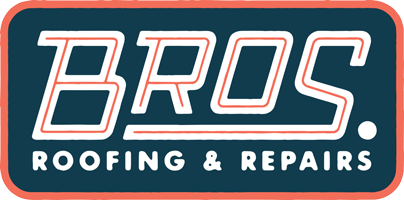
Severe weather, including hailstorms, can wreak havoc on roofs, leading to various issues that compromise the structural integrity of homes. The aftermath of such storms often requires prompt and thorough assessment to identify and address roofing damage. In this blog post, we'll explore the impact of hail and storm damage on roofs, provide guidance on assessing the extent of the damage, and discuss effective strategies for addressing roofing issues to ensure the long-term durability of your home.
The Impact of Hail and Storm Damage on Roofs
Hail Damage
Hail can cause significant damage to roofing materials, including asphalt shingles, wood shingles, metal roofs, and more. The impact of hailstones can result in dents, cracks, or punctures, compromising the protective outer layer of the roof.
Wind Damage
High winds accompanying storms can lift or displace roofing materials, leading to loosened shingles, torn underlayment, and potential exposure of the roof deck. This not only compromises the aesthetic appeal of the roof but also exposes the structure to water infiltration.
Water Damage
Damaged roofs are susceptible to water infiltration, especially during heavy rainfall following a storm. If left unaddressed, water can seep through compromised areas, leading to leaks, water stains, and more severe structural damage.
Debris Impact
Storms often bring with them flying debris, such as tree branches, that can impact and damage roofs. Falling debris can result in punctures, fractures, or displacement of roofing materials, contributing to the overall vulnerability of the roof.
Assessing Roofing Damage
Exterior Inspection
Conduct a visual inspection of the exterior of your roof from the ground. Look for obvious signs of damage, such as missing or displaced shingles, dents, cracks, or granule loss. Binoculars can be useful for a closer examination without the need for climbing onto the roof.
Attic Inspection
Inspect the attic for signs of water damage. Look for water stains, damp spots, or any indications of water penetration. Use a flashlight to identify areas where light may be penetrating through gaps or cracks.
Gutter and Downspout Examination
Check gutters and downspouts for granules from shingles, which may indicate roof damage. Additionally, inspect gutters for any dents or damage caused by hail. Damaged gutters can impede proper drainage, leading to potential water-related issues.
Professional Roof Inspection
Engage a professional roofing contractor to conduct a thorough inspection. Roofing professionals have the expertise to identify subtle damage that may not be immediately apparent. They can assess the overall condition of the roof, including the underlayment and decking.
Addressing Roofing Issues After Severe Weather
Immediate Repairs: Address any visible damage promptly to prevent further deterioration. This may involve replacing missing or damaged shingles, securing loose materials, and sealing any punctures. Swift action can help minimize the risk of water infiltration.
Temporary Protective Measures: In cases where significant damage has occurred, consider implementing temporary protective measures. Tarping damaged areas can provide a temporary barrier against water infiltration while arrangements are made for more comprehensive repairs.
Insurance Claim Assessment: If your home is covered by insurance, document the damage thoroughly for the purpose of filing a claim. Take photographs of the damage from various angles and keep records of any immediate repairs or temporary protective measures implemented.
Professional Roof Repair or Replacement: Engage a professional roofing contractor for a comprehensive repair or replacement, depending on the extent of the damage. Professionals can accurately assess the condition of the roof, recommend suitable materials, and ensure that repairs meet industry standards.
Upgrade Opportunities: Severe weather events may present an opportunity to consider roof upgrades. Upgrading to impact-resistant shingles, reinforced roofing materials, or additional protective layers can enhance the resilience of the roof against future storms.
Preventive Measures: Implement preventive measures to fortify your roof against potential storm damage. Regular maintenance, including clearing debris from gutters, trimming overhanging branches, and reinforcing vulnerable areas, can contribute to the long-term durability of your roof.
Hail and storm damage can have a lasting impact on the integrity of your roof, leading to various issues that compromise the protection of your home. Swift and thorough assessment of the damage is essential to identify issues and initiate timely repairs. Engaging professional roofing contractors, documenting damage for insurance claims, and considering preventive measures are crucial steps in addressing roofing issues after severe weather. By taking proactive steps to assess and address storm damage, homeowners can ensure their roofs' long-term durability and resilience, protecting their homes from the elements.
